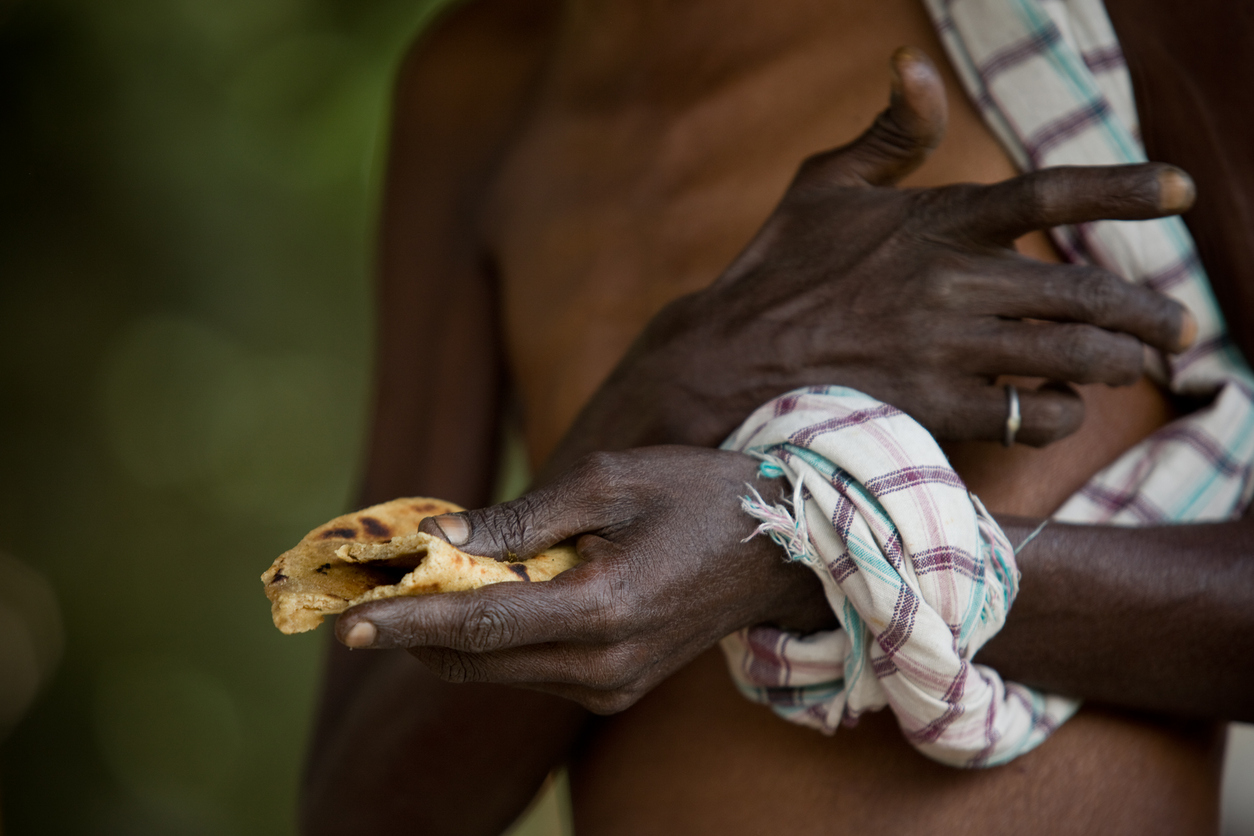- Saturday, January 11, 2025
Suman Bery, vice chairman of NITI Aayog, India’s government think tank which released the report, said improvements in nutrition, years of schooling, sanitation and cooking fuel played a “significant role”.

By: Shubham Ghosh
ALMOST 135 million people in India or 10 per cent of India’s population escaped poverty in five years till March 2021, a government report on Monday (17) found.
The study said that the rural areas witnessed the biggest reduction in poverty. It used the United Nations’ Multidimensional Poverty Index (MPI) based on 12 indicators such as malnutrition, education and sanitation. If people are found to be deprived in three or more areas, they are identified as “MPI poor”.
Suman Bery, vice chairman of NITI Aayog, India’s government think tank which released the report, said factors such as improvements in nutrition, years of schooling, sanitation and cooking fuel played a “significant role” in bringing poverty down, Reuters reported.
The percentage of the population living in poverty came down from 25 per cent in 2015-16 to 15 per cent in 2019-21, as per the report which was based on the 2019-21 National Family Health Survey.
Last week, the United Nations Development Programme (UNDP) released a report saying the number of people living in multidimensional poverty decreased to 16.4 per cent of India’s population in 2021, from 55 per cent in 2005.
As per the UNDP’s estimates, the number of people who lived below the $2.15 a day poverty line had fallen to 10 per cent in India two years ago.
The Indian government offers free food grain to about 800 million people, which is about 57 per cent of the country’s 1.4 billion people, while the country’s states spend billions on subsiding key sectors such as education, health and electricity, among others.
Uttar Pradesh, India’s most populous state with 343 million people, saw the most number of people moving out of poverty, followed by its neighbours Bihar and Madhya Pradesh, the report added.
All the three states were once part of the BIMARU — an acronym which also implied their backwardness in terms of economic growth, healthcare, education, etc.
(With Reuters inputs)